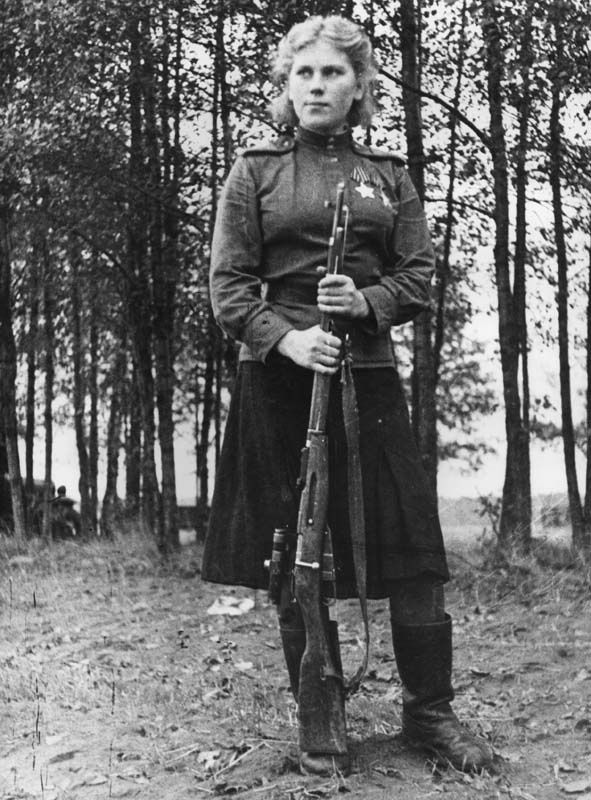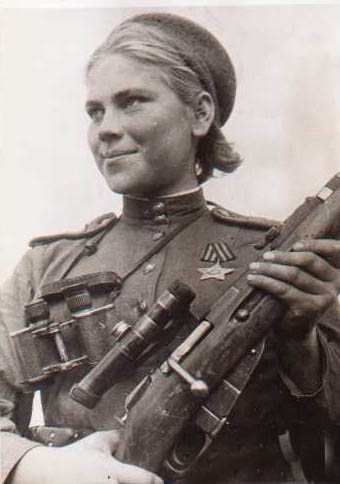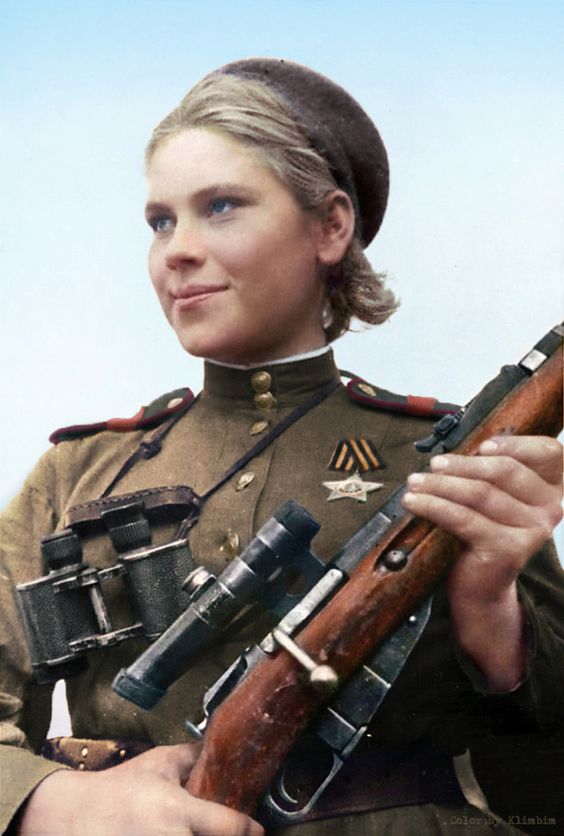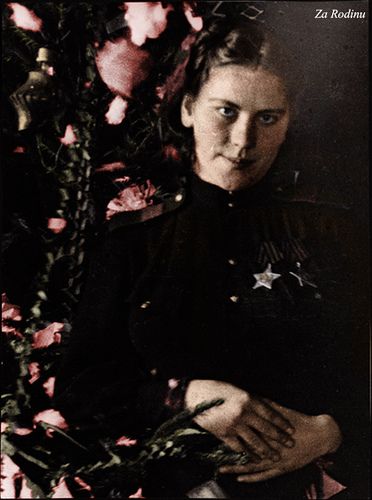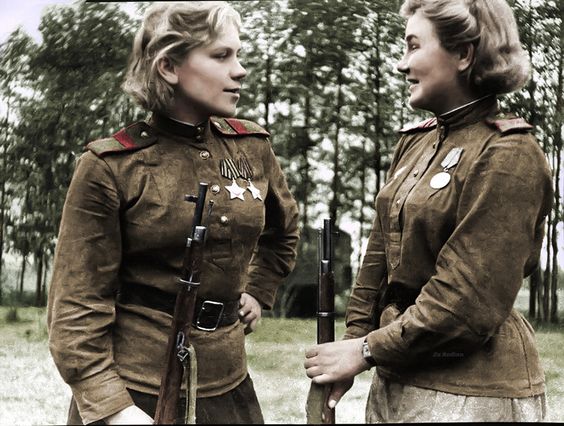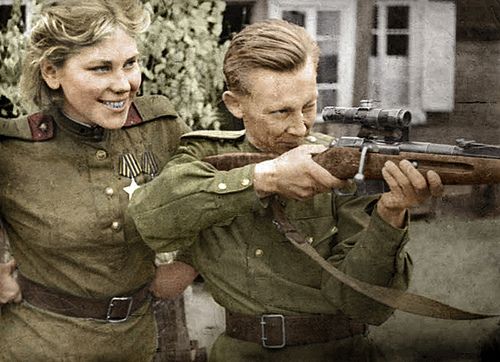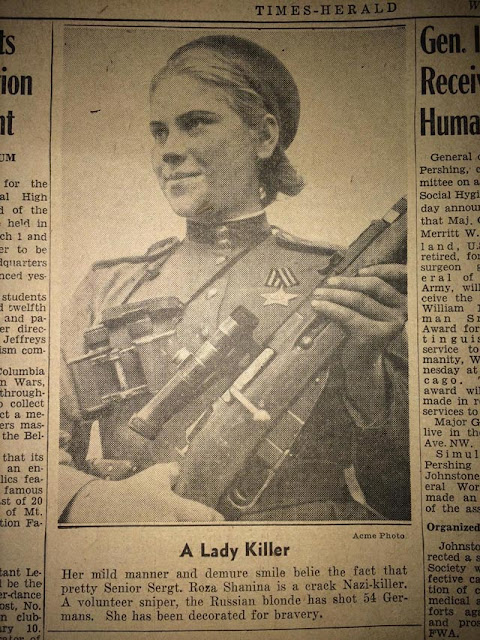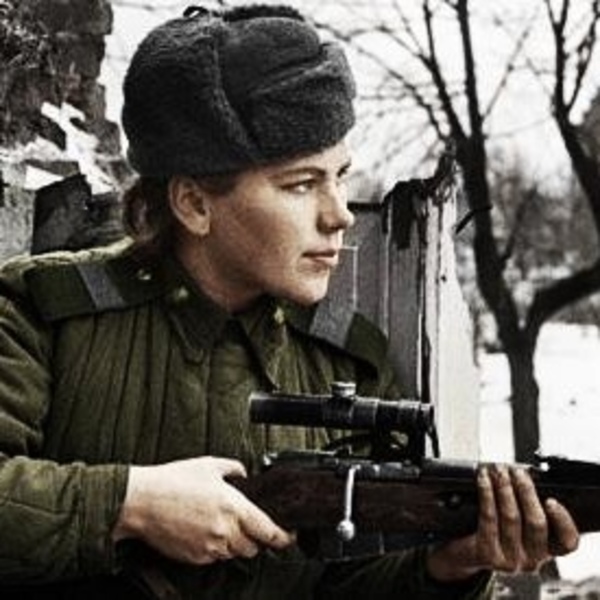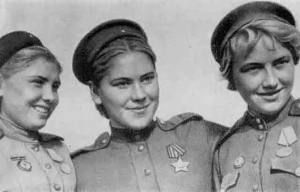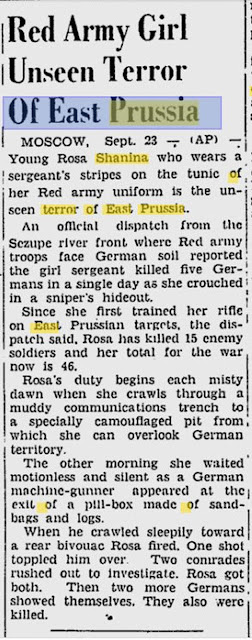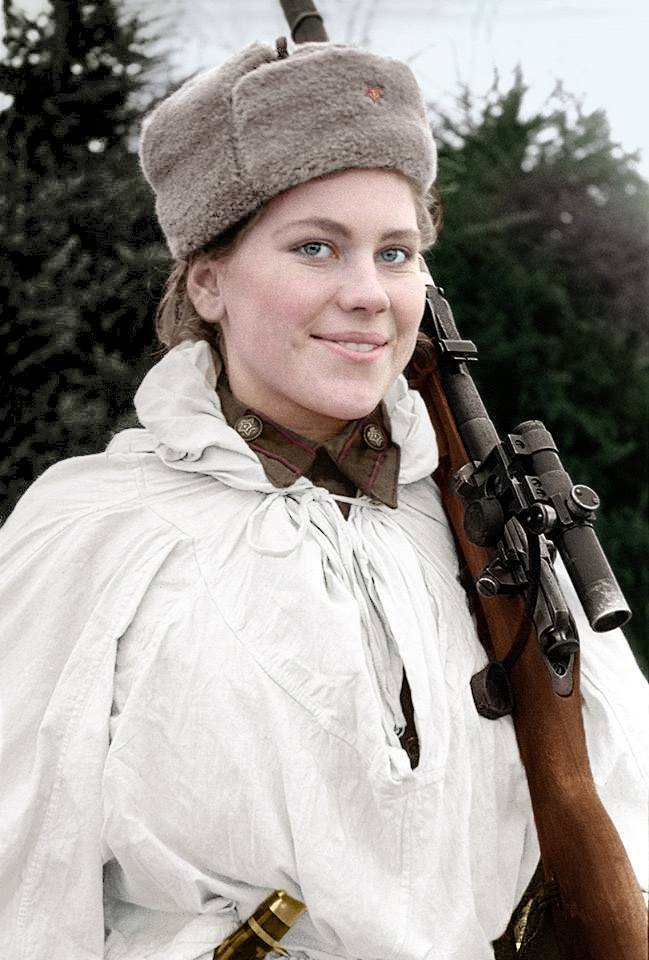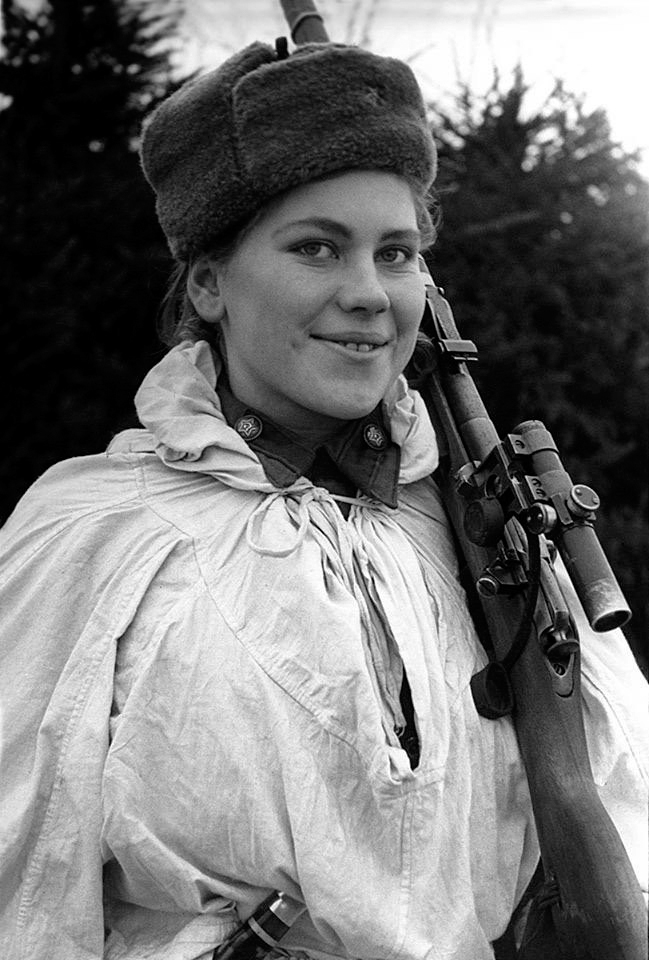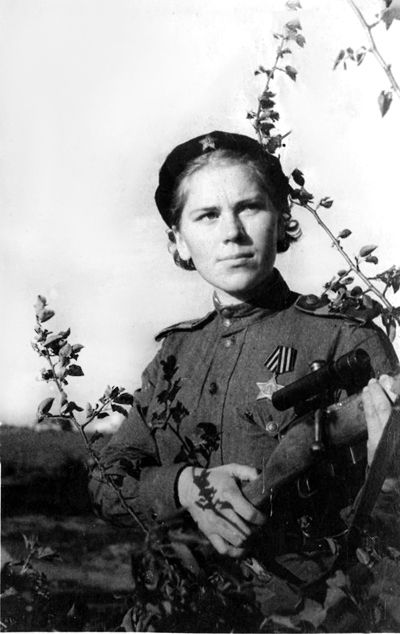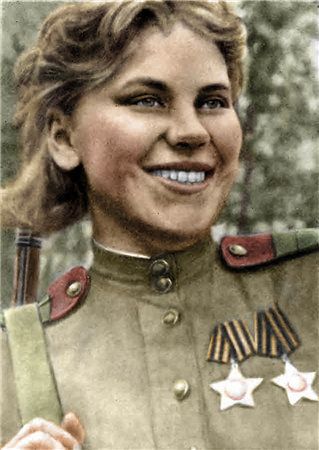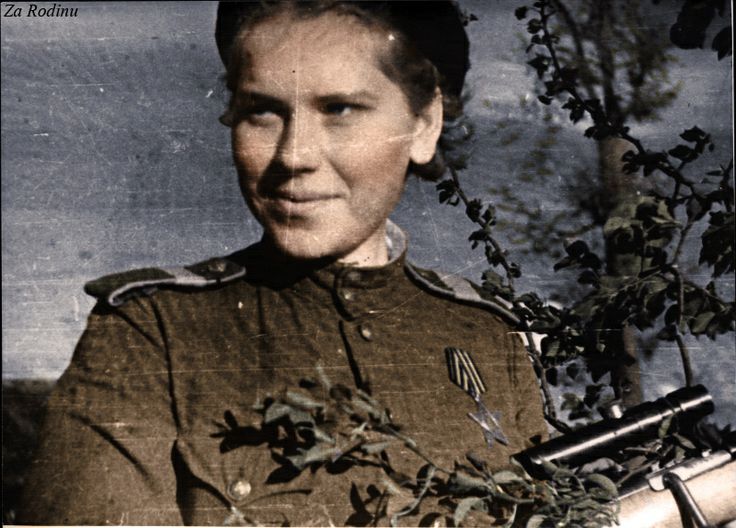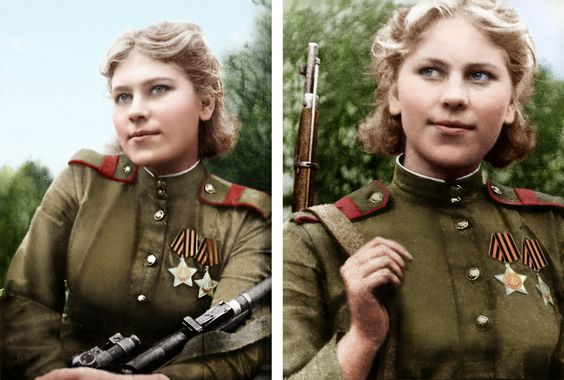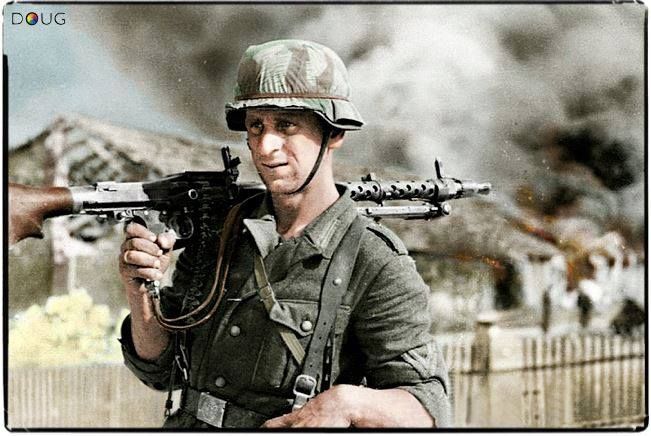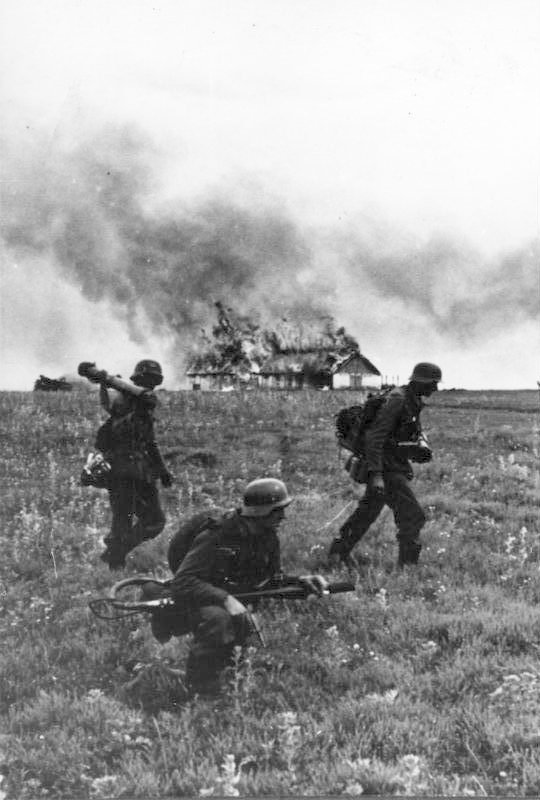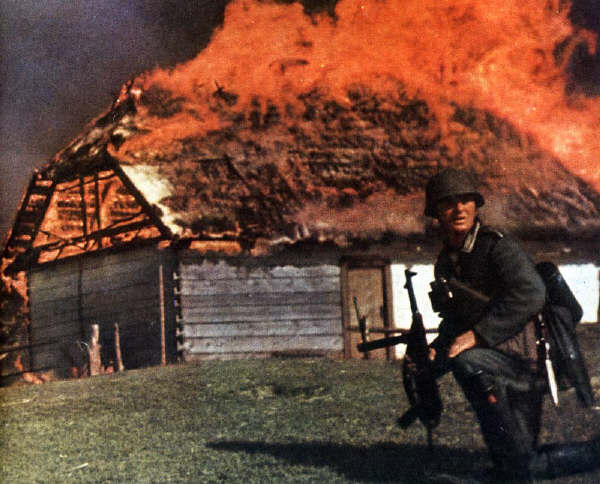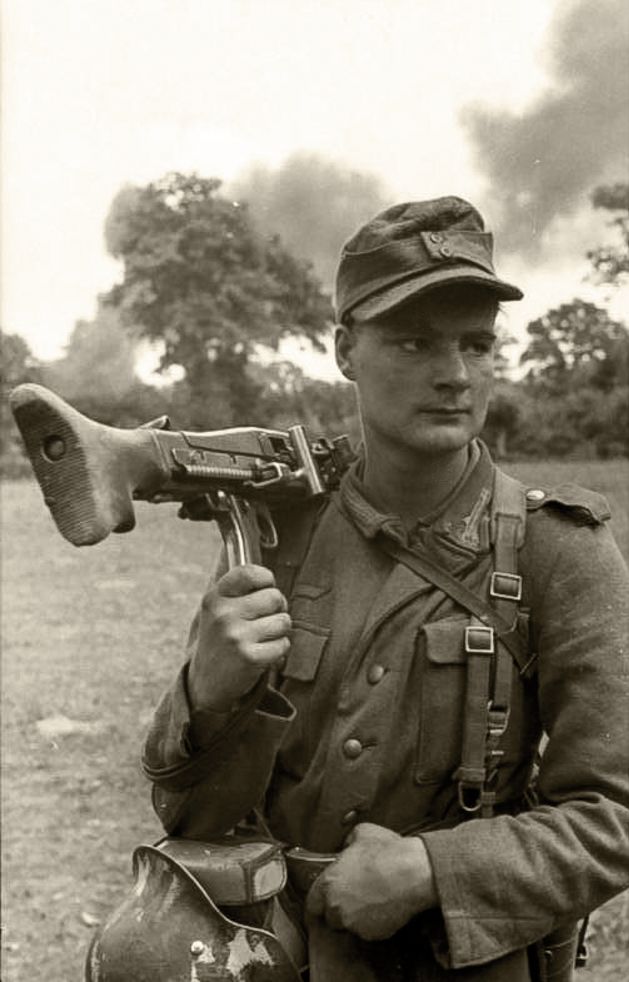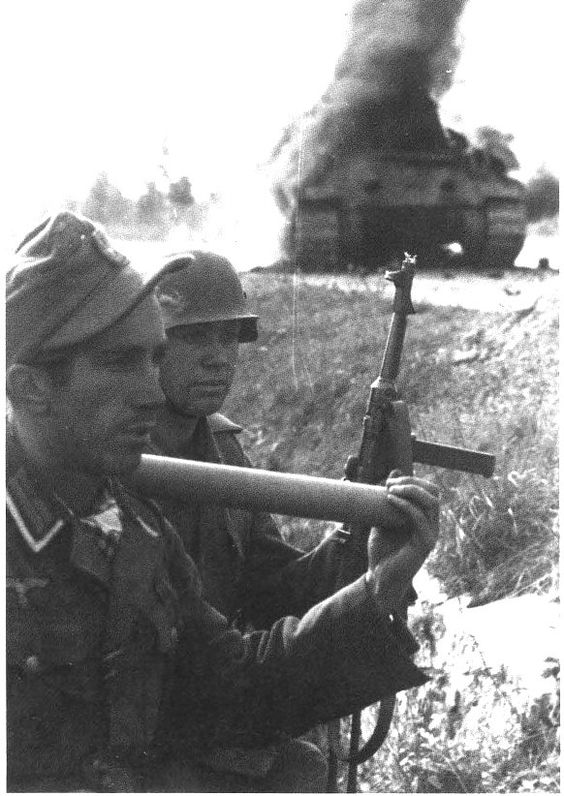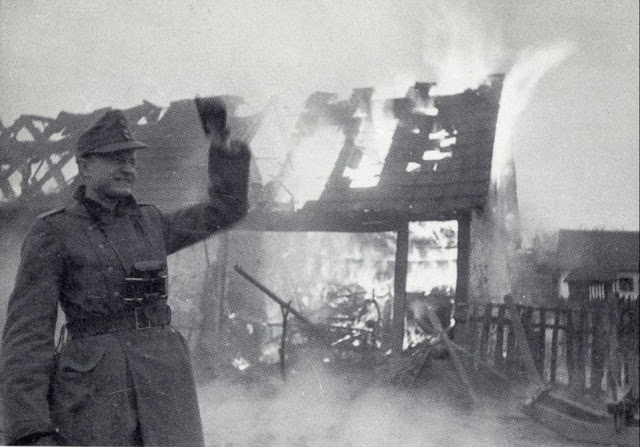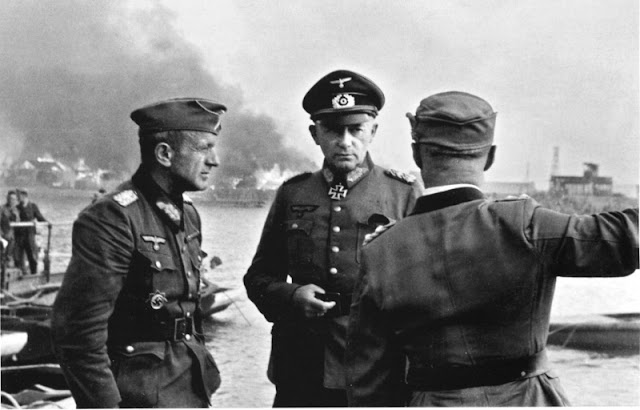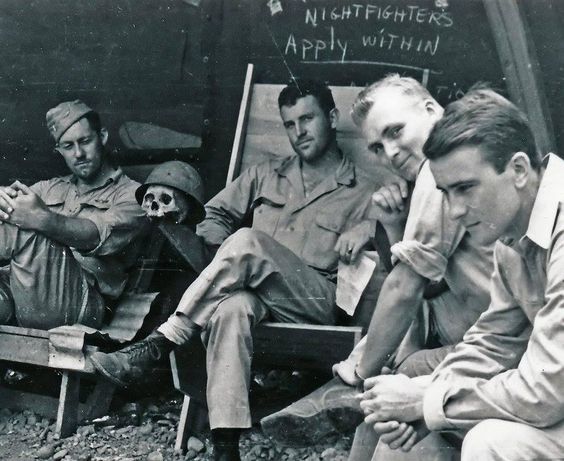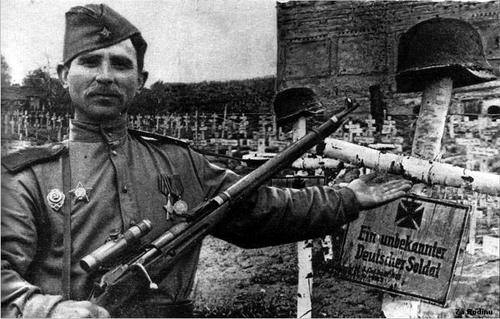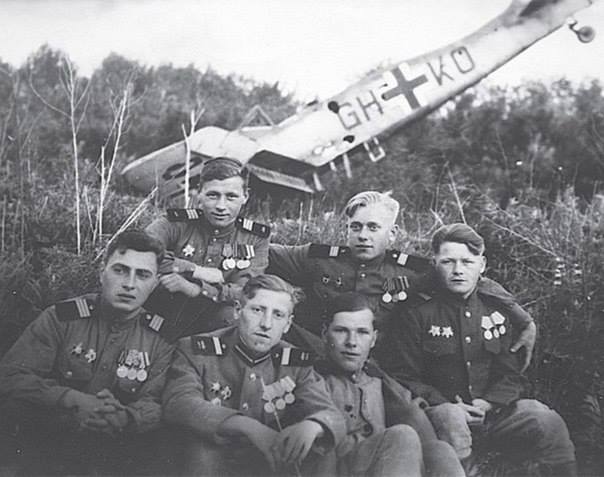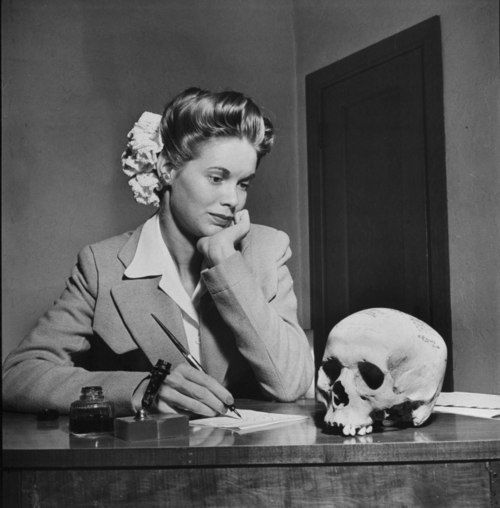This is a continuation of my "
Tales of the Dutch Resistance" series profiling one "Hans." He is an old man now, but once upon a time he was a young miner in Holland. He was tough, and still is, but not how you probably think of "tough." But, I don't want to explain. I want to show.
Is it true? Or just a tall tale. You decide.
We pick up where we left off.
Chapter IV: Dynamite
Hans shifted uneasily on his feet. His mine boss, Pieter, apparently expected him to do something as a form of repayment for saving him during the earlier incident. However, he did not like to feel obligated, and he had no special abilities. This all seemed unnecessary.
He thought about it, then made his decision. He looked back up at Pieter.
"What do you want me to do?"
Pieter smiled and sat back in his chair.
"You are placed in the perfect position to help us. But let me ask you something first. While you were taking your train rides, did you happen to notice what else was on the tracks?"
Hans thought about it. Nothing had seemed very special about the trip. He had noticed all the guards at the Eindhoven station, but the Germans were like that. They were everywhere, always meddling. Then, he did remember something, but it seemed too obvious to mention. However, he had to say something.
"I saw a lot of German trains."
Pieter's smile broadened. "Very good. Did you happen to notice what kind of trains they were?"
"They were German trains. I saw some freight trains, too. The station at Eindhoven seemed very busy, and it was full of Boche. They asked for my papers, there was a lot of security, they acted like I was a threat or something. They almost caught me."
"You are very observant. Yes, Eindhoven has become a key transit stop for the Germans. Trains carrying planes stop there, and some other trains with construction materials and troops continue onward. They are building weapons on the coast to use against England. There also are materials and people like us being taken on the trains back to Germany. Those poor souls won't be coming back here."
 |
| Coastal gun used against England (Vennermann, Federal Archive). |
Hans had no idea why they were talking about trains. What did trains have to do with him? Did Pieter want him to become a train engineer? He stayed silent and waited for Pieter, who had paused as if expecting something from him, to continue.
"Let me explain it plainly, Hans. You are one of my best miners. That is why you are part of the crew that works with explosives. We know that you are meticulous and trustworthy."
Hans nodded. He still had no idea what was going on.
"We need you to get some of that dynamite for us. It will help us with our projects."
This time, Hans did have something to say.
"Get you dynamite? Why can't you get it? It's your mine!"
Pieter's face darkened. "I told you that we need you to get it. The Germans don't let us anywhere near the explosives. It is brought here under guard and locked in the dynamite room in the mine. If I could just order some myself, I wouldn't be asking you for your help."
"You want me to get dynamite? You mean bring it out? That is impossible!"
Pieter leaned forward. The swivel chair creaked ominously.
"You owe us your life. There is a way. I want you to go and figure out how to do it."
"It is impossible."
"Well, think of a way. I want to see you back here next week. You can explain to me then how you are going to do it." Pieter then motioned toward the door. He seemed irritated.
Hans stumbled out of the office in a daze. He had no idea how to smuggle dynamite out of the mine. The SS searched everyone, both as they entered and as they left. There were always several of them at the entrance.
The incident preoccupied him for days. The dynamite room was only open to him and a few other people. It had boxes of dynamite, all piled in a corner. Nobody kept track of it, because there was plenty to last several months at the very least. However, anyone entering had to sign in and out.
Getting it out of the room wasn't the hard part, though. That would be avoiding detection by the SS at the mine entrance. They did a full body search, and dynamite was too big to simply stuff under one's shirt or down one's trousers and hope to get away with it. Getting caught smuggling dynamite would brand one as a partisan, and the Germans were known to not waste much time dealing with partisans that they caught. They seldom even made it back to prison.
Hans' older brother - whom we shall call Franz - also worked in the mine, though he no longer lived at home. A few days after the meeting with Pieter, he noticed Hans looking preoccupied.
"Hans, what's wrong. You've been acting strange ever since you came back from your girlfriend's house." Hans hadn't seen his brother often enough or under the right circumstances to have explained what had happened. He assumed that their father had done so, but he wasn't sure.
Hans always told his family everything. It worked out better that way. He told Franz about the strange request, though he didn't mention who had made it. He also didn't mention the earlier incident. He just felt funny talking about it.
Franz thought about Pieter's request for a moment. He seemed thoughtful. "It is impossible for anyone to steal dynamite. They would catch you the first or second time that you tried it."
Hans nodded. He knew it would lead to his death. However, he felt obligated to Pieter and the others who had helped him. He had no idea what to do. Pieter could turn him in, too. This couldn't work out well.
Franz tapped him on the shoulder. "Hey, stop it, brother. I said it was impossible for you to do it. However, it isn't impossible for
us to do it."
Hans looked up. He wasn't expecting this.
Franz continued. "Have you ever noticed anything odd about the guards?"
Odd? "No, they are just dirty SS. They are all horrible."
"Think about it. How many do you know?"
"Know? I don't know any of them. There are different ones there every single day!"
Franz smiled. "That's right. Have you ever seen the same SS at the mine from one day to the next?"
Hans thought about it. Come to think of it, there were always different faces there. He had no idea why. Perhaps it was considered a menial job by the Germans? Or perhaps it was just a task given to whoever was available that day. In any event, he didn't see the point to wondering about it.
Franz didn't wait for him to respond. He suddenly seemed excited, as if he had discovered gold in the mine or something instead of the filthy coal they dealt with every day.
"Brother, don't you see? That is how we are going to do this!"
"Do what? Smuggle out dynamite? The guards have nothing to do with this."
Smiling, Franz nodded. "That's right. The guards are always changing. They have no idea what happened in the mine yesterday, and they will have no idea what happened today when we go back tomorrow."
Hans shrugged. "So what? They always search you anyway. I don't want to get caught with dynamite whether the guards know me or not."
"Let's just say that I have an idea. We can try it out tomorrow."
"Tomorrow! I'm not smuggling out anything tomorrow! You're crazy!"
Nodding again, Franz explained what he had in mind. Hans didn't like it at all, but he agreed to go along with the idea, just so long as there wasn't any real dynamite involved.
It was a complicated plan. Just after the guard station was the locker room, where the men showered after work. Franz told Hans to go out at the end of the day, get searched, and then shower as usual. After that, though, the routine would change a little.
The next day, Hans left as usual. He stopped, was searched, and came back up the stairs from the showers. Instead of turning to the right and leaving, though, he turned to the left, back to the guards, and walked over to them.
"I have forgotten my lunch box in my locker. May I go and get it?"
The SS men barely looked at him. One waved him on.
The lockers were in another room down the corridor. Everybody ate lunch there, and they never took their boxes into the mine proper. Guards watched them as they ate and replaced their boxes in their lockers. Everything was tightly controlled, and there was no possibility of anyone putting something in their lunch boxes.
Hans went back in to the lunch room, grabbed his box, and walked out. He was so nervous that he felt as if he had left his own body. He held the lunch box with a death grip, and his nerves made it feel as if it weighed like a block of concrete. His wrist was cramped, and he could barely bend it. He wasn't even sure why he was nervous - this was just a test - but he feared the guards might think he was wasting their time. They had been known to beat up some of the men who had annoyed them.
With a forced smile, he waved the lunch box at the guards as he walked by and out toward the mine elevator. The SS men had already marked him on the sheet as having left, and didn't even look up at him from their newspapers.
Outside the mine, Franz was waiting. As soon as he saw Hans, he leapt up from where he was sitting and ran over. He looked down at the lunch box and seemed fascinated by it. Franz had a strange look on his face.
"So it worked? You didn't have any trouble?"
"Trouble? What trouble? I just did as you asked."
Franz laughed loudly, as though Hans had told the greatest joke of his life. Hans looked at him and couldn't tell if he was making fun of him or not, but it was a strange laugh and it made him nervous. Everything was just getting weird.
"That is excellent, Hans. Let's walk home together. I think we have solved our problem."
They didn't say much on the walk home. Hans had no idea what they had done that had solved anything. He just had an empty lunch box, and was starting to get hungry again.
Once they were inside and the door was shut, Franz snatched the box out of Hans' hands. He fumbled at the clasp, then yanked it open. The box fell open. With a loud clunk, a large object hit the floor. Franz must have jumped half a meter in the air. Then, he reached down and scooped it up.
It was a stick of dynamite.
Part V.
2015

